Travel Guide: Quito
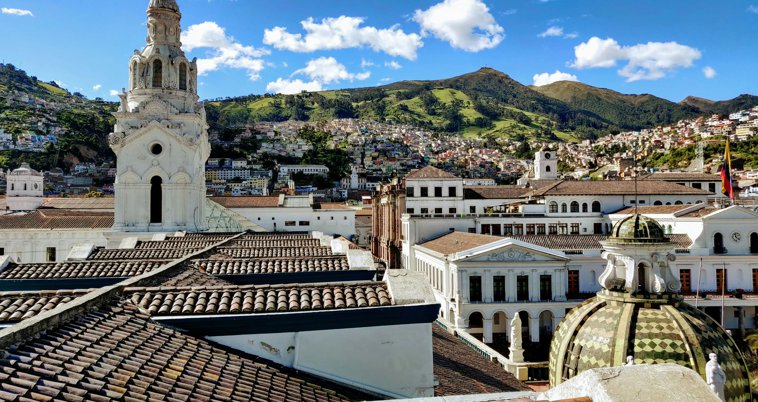
Questions This Article Answers
What to see in Quito?
Who was Manuela Sáenz?
Where to find some of the best street food in Quito?
Where to see artwork by Oswaldo Guayasamín?
What are the best parks and museums to visit in Quito?
Quito: World Heritage Site
 A good place to start any tour of Quito is the Centro Histórico(Historic Center), the city’s old quarter. If the area’s architecture wows you, don’t worry, you’re not alone. Quito’s Historic Center was one of the original 12 locations designated as World Heritage Sites by UNESCO in 1978.
A good place to start any tour of Quito is the Centro Histórico(Historic Center), the city’s old quarter. If the area’s architecture wows you, don’t worry, you’re not alone. Quito’s Historic Center was one of the original 12 locations designated as World Heritage Sites by UNESCO in 1978.
Before the arrival of the Spanish, the area was inhabited first by the Quitu(Quitu) tribe (from where the city got its name), and later their conquerors, the Incas. The “modern” city was founded in 1534 by the Spanish conquistador Sebastian de Belalcázar, and it’s one of the oldest and best-preserved colonial cities in the Americas.
1. Plaza de la Independencia
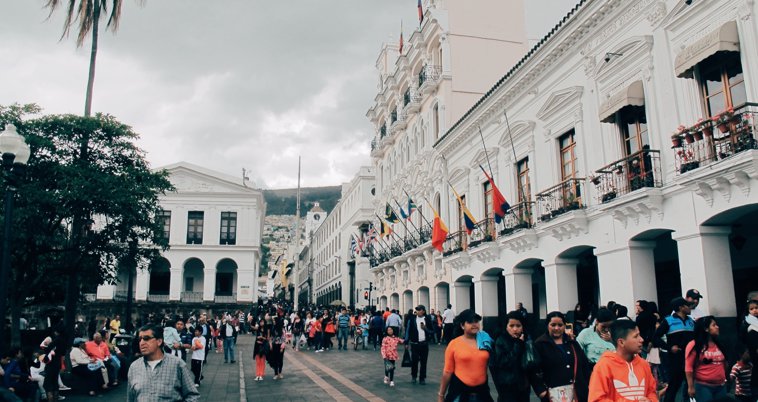 The plaza de la Independencia(Independence Square) is the city’s main square. Here you'll find stunning buildings such as the Catedral metropolitana de Quito(Metropolitan Cathedral of Quito), the Palacio Arzobispal(Archbishop's Palace), and the Palacio de Carondelet(Carondelet Palace), Ecuador’s presidential palace.
The plaza de la Independencia(Independence Square) is the city’s main square. Here you'll find stunning buildings such as the Catedral metropolitana de Quito(Metropolitan Cathedral of Quito), the Palacio Arzobispal(Archbishop's Palace), and the Palacio de Carondelet(Carondelet Palace), Ecuador’s presidential palace.
2. Museo Manuela Sáenz
A somewhat overlooked stop, the Museo Manuela Sáenz(Manuela Saenz Museum) commemorates one of Latin America’s most iconic female leaders, Quito-native Manuela Sáenz. The museum displays letters, paintings, and other personal effects from Sáenz.
Manuela Sáenz: The Liberator’s Liberator
Manuela Sáenz de Vergara y Aizpuru(Manuela Saenz de Vergara y Aizpuru) was a remarkable woman. Born in Quito in 1797, she blazed a trail in the male-dominated world of 19th-century South American politics. Her relationship with Simón Bolívar(Simon Bolivar), whom she met in 1822, evolved from a passionate romance to a powerful political alliance. As Bolivar's confidante and political adviser, she engaged in critical espionage missions and even thwarted an assassination attempt against him in 1828, earning her the moniker Libertadora del Libertador(The Liberator’s Liberator).
Despite her significant contributions to the independence cause, Saenz's life after Bolivar’s death was fraught with challenges, including exile and financial struggles. She died in relative obscurity in Paita, Peru, in 1856. Fortunately, her contributions to both the revolution and feminist causes have since been rightfully acknowledged, and you can find monuments in her honor in several South American capitals today!
3. La Compañía de Jesús
 Located in the Centro Histórico, the Compañía de Jesús(Church of the Society of Jesus) is one of the most beautiful examples of Baroque-style architecture in the Americas. Inaugurated in the 17th century, the church's façade is made of volcanic rock, with detailed carvings and sculptures adorning the entrance. Upon entering the building, visitors are greeted by a lavish display of pan de oro(gold leaf) and intricate woodwork. The gilded altarpiece is particularly stunning, and the overall atmosphere is one of opulence and grandeur.
Located in the Centro Histórico, the Compañía de Jesús(Church of the Society of Jesus) is one of the most beautiful examples of Baroque-style architecture in the Americas. Inaugurated in the 17th century, the church's façade is made of volcanic rock, with detailed carvings and sculptures adorning the entrance. Upon entering the building, visitors are greeted by a lavish display of pan de oro(gold leaf) and intricate woodwork. The gilded altarpiece is particularly stunning, and the overall atmosphere is one of opulence and grandeur.
4. Ciudad Mitad del Mundo
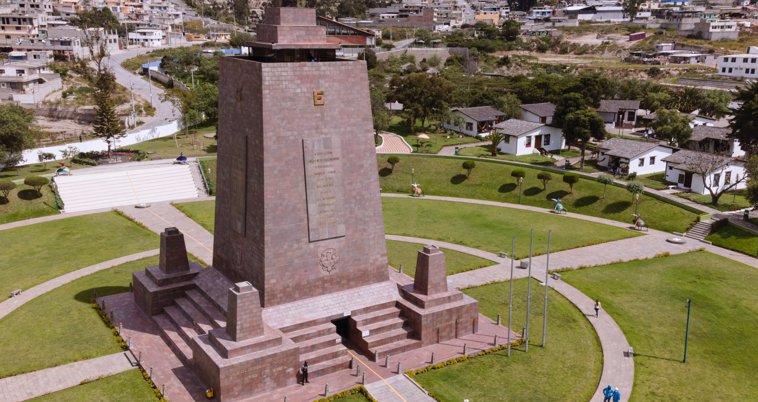 Located around 16 miles north of Quito, the area known as the Ciudad Mitad del Mundo(Middle of the World City) is a popular tourist attraction mainly due to the Monumento a la Mitad del Mundo(Middle of the World Monument), which marks the approximate spot where the Equator line runs through Ecuador (and yes, if you’re wondering, Ecuador’s name does come from the Spanish term for Equator!). You can stand with one foot in each hemisphere and take an obligatory selfie, but be warned, modern measurements indicate the actual equatorial line lies about 240 meters north of the marked line at the Monumento a la Mitad del Mundo!
Located around 16 miles north of Quito, the area known as the Ciudad Mitad del Mundo(Middle of the World City) is a popular tourist attraction mainly due to the Monumento a la Mitad del Mundo(Middle of the World Monument), which marks the approximate spot where the Equator line runs through Ecuador (and yes, if you’re wondering, Ecuador’s name does come from the Spanish term for Equator!). You can stand with one foot in each hemisphere and take an obligatory selfie, but be warned, modern measurements indicate the actual equatorial line lies about 240 meters north of the marked line at the Monumento a la Mitad del Mundo!
5. El Panecillo
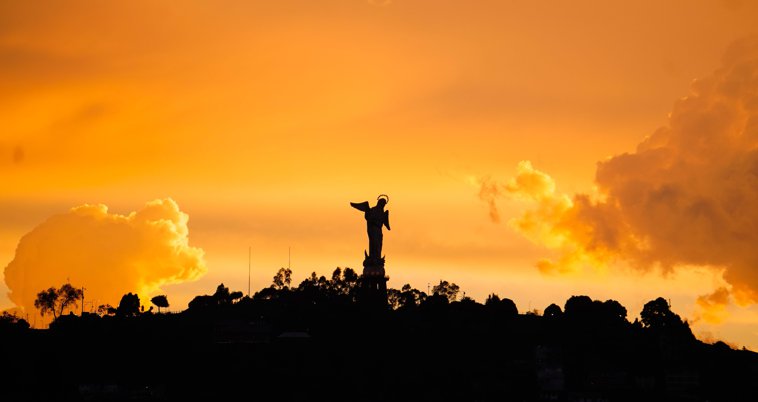 El Panecillo(literally, The Bread Roll) is a hill in the heart of the city crowned by the iconic Virgen de Quito(Virgin of Quito) statue. The panoramic views of the city from here are breathtaking.
El Panecillo(literally, The Bread Roll) is a hill in the heart of the city crowned by the iconic Virgen de Quito(Virgin of Quito) statue. The panoramic views of the city from here are breathtaking.
6. La Basílica del Voto Nacional
 Located in the Centro Histórico, the Basílica del Voto Nacional(Basilica of the National Vow) is the largest neo-Gothic basilica in the Americas. One of the most interesting features of the building are its characteristic gargoyles, which represent local fauna such as tortugas(turtles), iguanas(iguanas), armadillos(armadillos), and pumas(pumas).
Located in the Centro Histórico, the Basílica del Voto Nacional(Basilica of the National Vow) is the largest neo-Gothic basilica in the Americas. One of the most interesting features of the building are its characteristic gargoyles, which represent local fauna such as tortugas(turtles), iguanas(iguanas), armadillos(armadillos), and pumas(pumas).
7. TelefériQo
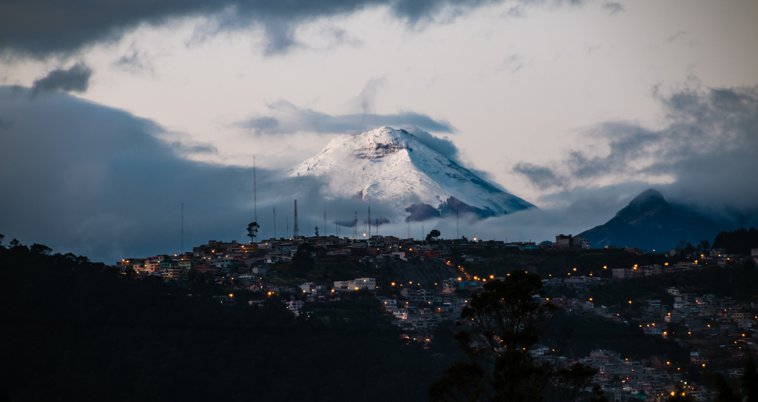 The TelefériQo(TeleferiQo) is a cable car that takes you to up the slopes of the Pichincha(Pichincha) volcano. The ride, one of the highest of its kind in the world, takes passengers from the city's edge to Cruz Loma(literally, Hill Cross), a station located at an altitude of around 4000 meters above sea level. Once there, you can plan a hike up Rucu Pichincha(Rucu Pichincha), one of the peaks of the Pichincha volcano.
The TelefériQo(TeleferiQo) is a cable car that takes you to up the slopes of the Pichincha(Pichincha) volcano. The ride, one of the highest of its kind in the world, takes passengers from the city's edge to Cruz Loma(literally, Hill Cross), a station located at an altitude of around 4000 meters above sea level. Once there, you can plan a hike up Rucu Pichincha(Rucu Pichincha), one of the peaks of the Pichincha volcano.
8. Casa Museo Guayasamín and the Capilla del Hombre
The Casa Museo Guayasamín(House and Museum Guayasamin ) is a museum dedicated to the life and works of Oswaldo Guayasamín, one of Ecuador's most prominent artists. The museum not only showcases Guayasamín's paintings but also includes his personal art collections from pre-Columbian, colonial, and contemporary periods. Next to the museum is the Capilla del Hombre(Chapel of Man), a “chapel” conceived by the artist to celebrate the Latin American people.
Brush up on how to visit a museum in Spanish with this article and its lessons!
9. La Mariscal
One of Quito’s trendiest neighborhoods, La Mariscal(literally, The Marshall) is home to a wide array of restaurants, cafes, bars, and nightclubs, which is why it’s a magnet for mochileros(backpackers).
In this neighborhood you’ll also find the famous Mercado Artesanal La Mariscal(La Mariscal Artisanal Market), a bustling artisanal market where you’ll find authentic Ecuadorian crafts, souvenirs, and textiles, including many items made with Alpaca wool. Like in many other Latin American markets, it’s completely OK to haggle. If you have the time, you can also drive to the larger Otavalo Market, which is around one and a half hours north of Quito.
10. La Floresta
Another trendy neighborhood, La Floresta(literally, The Grove) is known for its culinary scene, boasting a variety of restaurants and cafes that offer everything from local Ecuadorian dishes to international cuisine. Be sure to check out the many chocolate shops here and around Quito, as Ecuadorian chocolate is famous for its quality. The neighborhood is also known for having some of the best street food in town. Here are a few of the more well-known Ecuadorian dishes to look for:
11. Parque La Carolina
Spanning over 67 hectares, the Parque La Carolina(La Carolina Park) is a popular recreational destination for both locals and tourists. It's characterized by its wide open spaces, lush greenery, and various amenities that cater to all ages and interests (including a rather cool vivarium!). Think of it as Quito’s version of Central Park, or Madrid’s El Retiro.
12. Cotopaxi
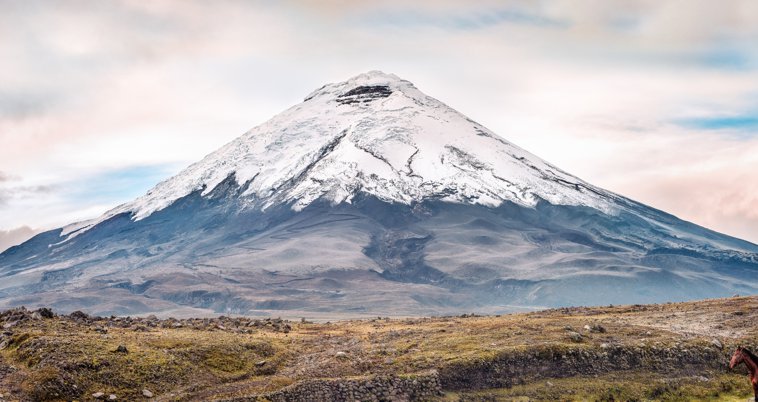 A short drive south from Quito is Cotopaxi(Cotopaxi), the second highest summit in Ecuador and one of the world's highest active volcanoes. The volcano is not only a stunning sight to behold but also a popular destination for mountaineers and adventure enthusiasts. Climbing Cotopaxi is a challenging endeavor, though, typically requiring technical climbing skills and acclimatization to high altitudes.
A short drive south from Quito is Cotopaxi(Cotopaxi), the second highest summit in Ecuador and one of the world's highest active volcanoes. The volcano is not only a stunning sight to behold but also a popular destination for mountaineers and adventure enthusiasts. Climbing Cotopaxi is a challenging endeavor, though, typically requiring technical climbing skills and acclimatization to high altitudes.
If you are not an experienced climber, you can still walk around the surrounding Parque Nacional Cotopaxi(Cotopaxi National Park), which offers a variety of activities like hiking, mountain biking, and horseback riding, along with opportunities to observe unique Andean wildlife in its natural habitat.
¡Buen viaje!
We hope you enjoyed our tips about where to go and what to do in Quito. ¡Buen viaje!(Have a great trip!)
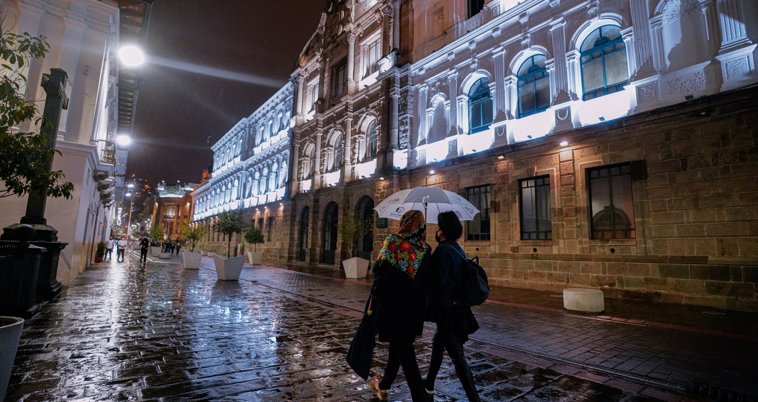
Got the itch to travel? Check out the following articles to get more ideas for your next trip to the Spanish-speaking world:














